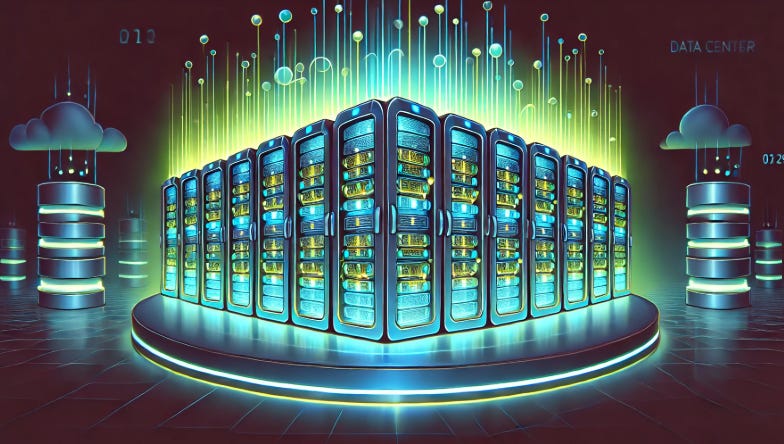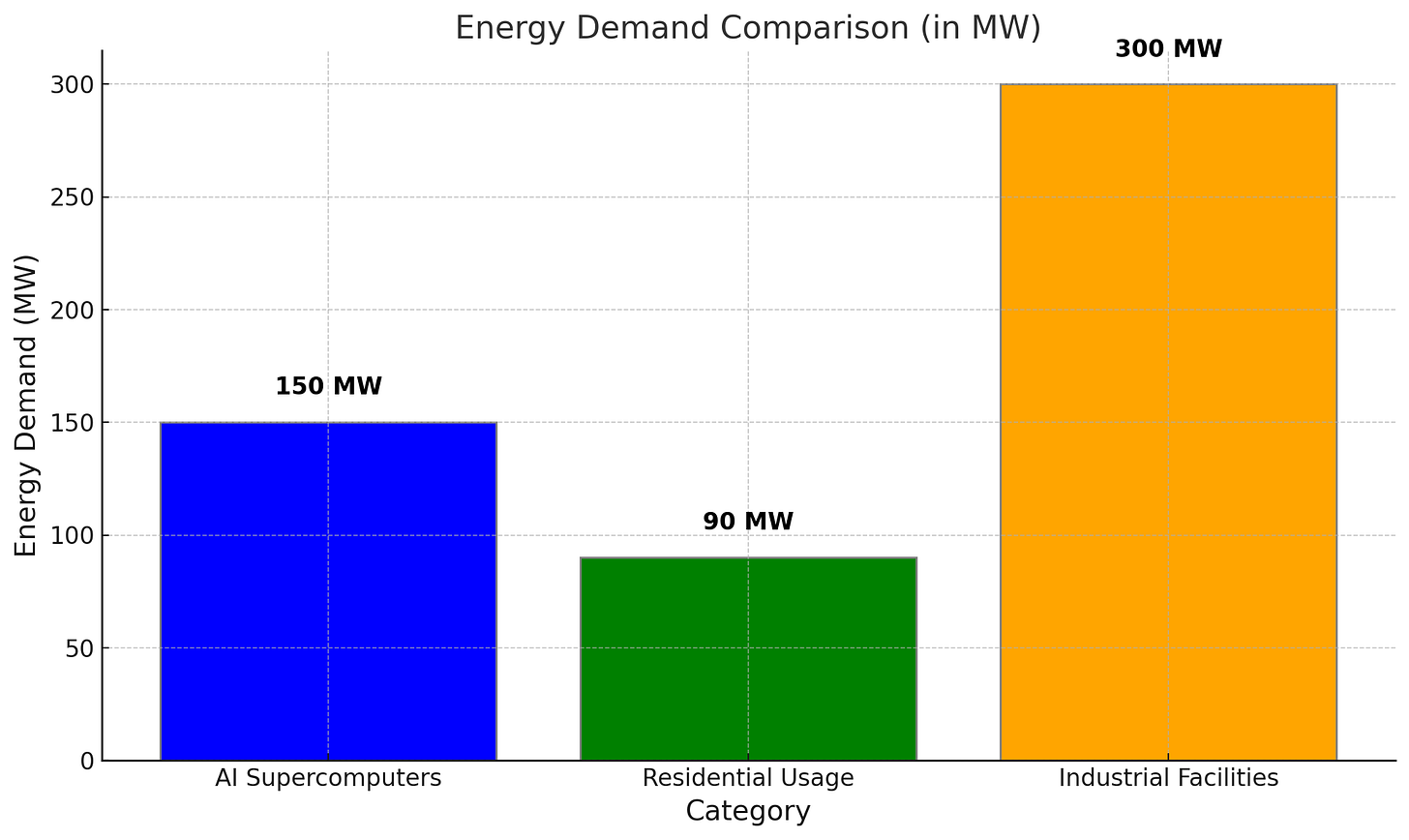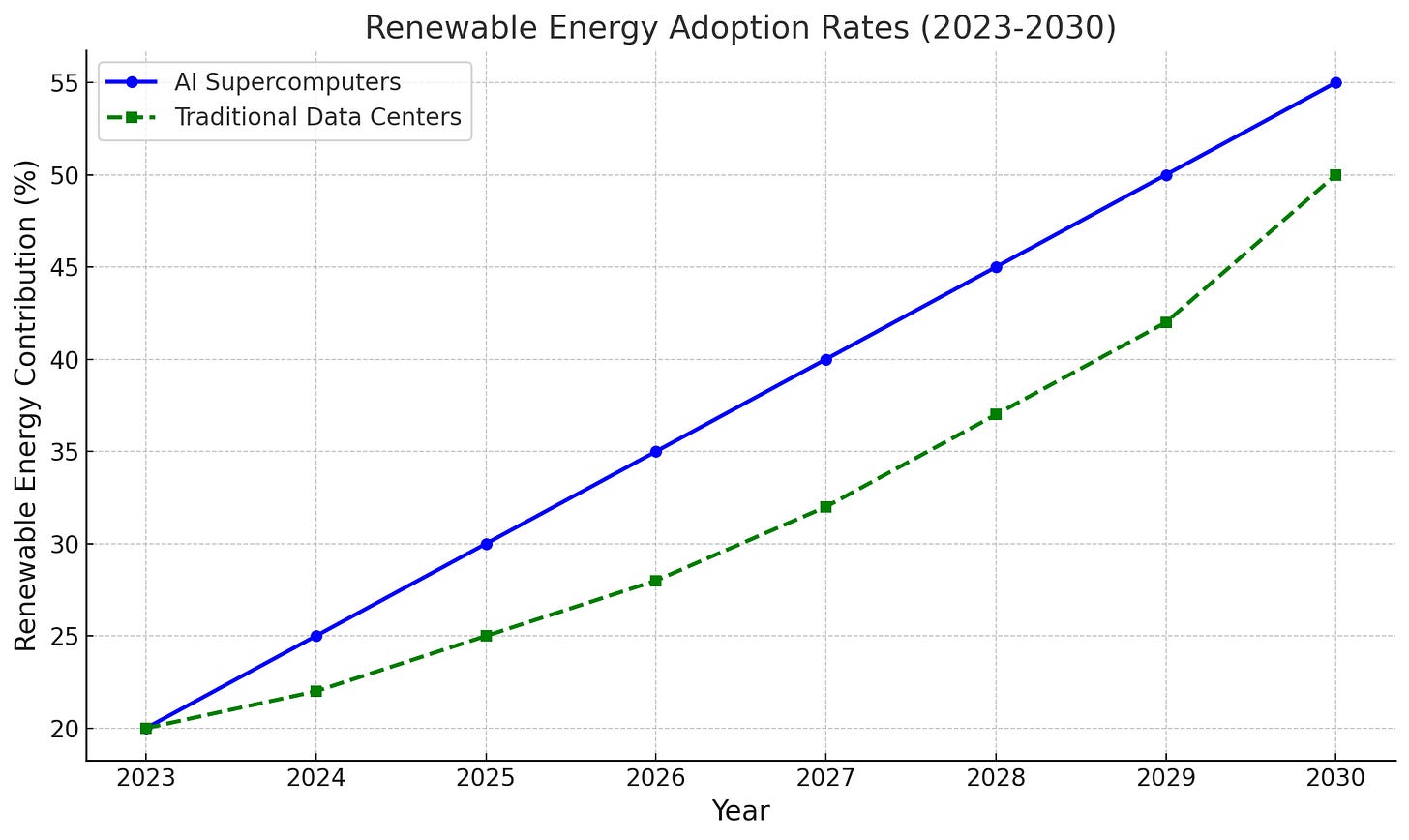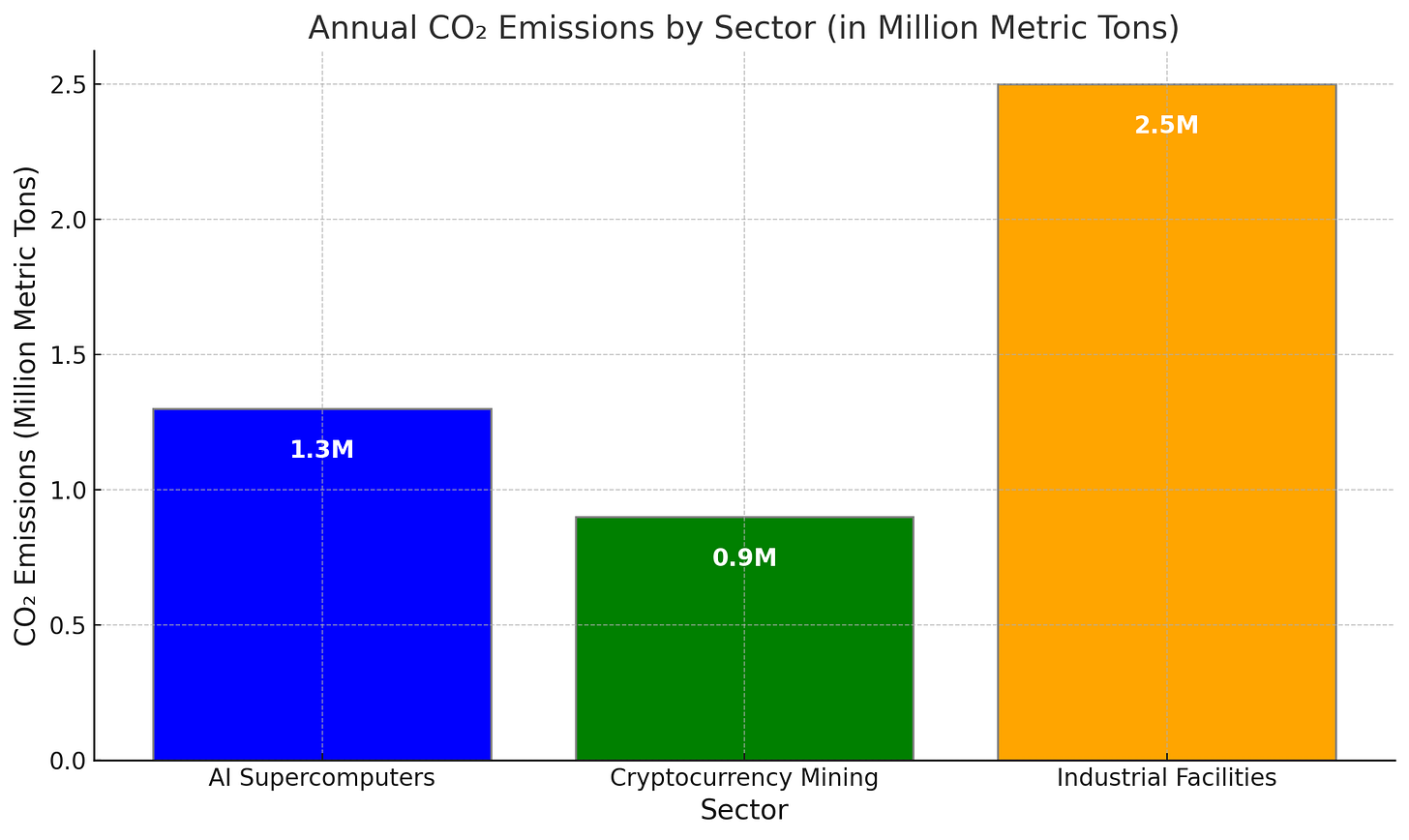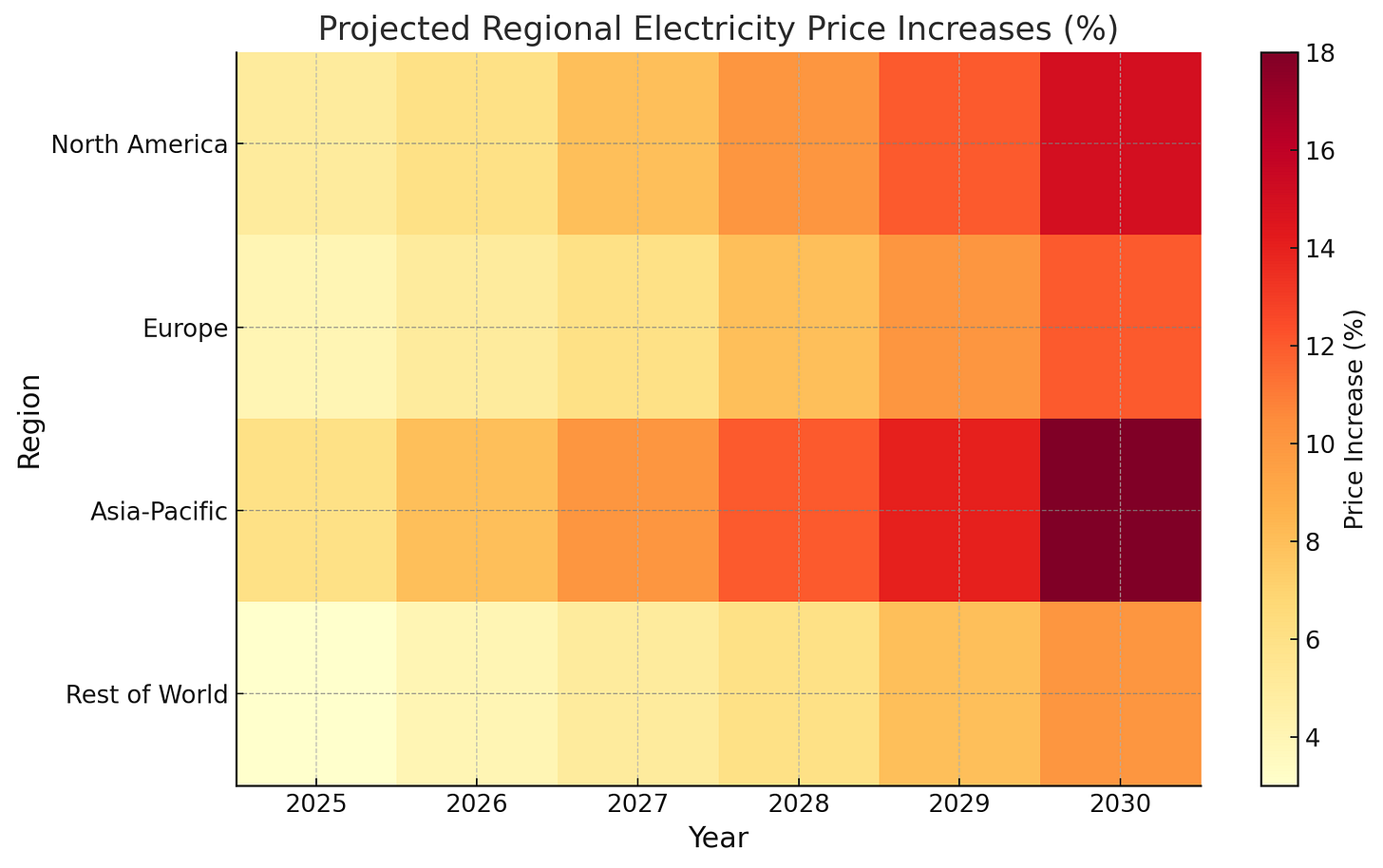AI vs. Infrastructure: The Colossus Power Paradigm
What if the most advanced AI supercomputer today consumed as much power as an entire small city—but packed it into the size of a football field’s end zone? This staggering reality is transforming how we think about energy, infrastructure, and sustainability.
When I studied Building Construction at the University of Florida, I learned about the immense scale and complexity of powering critical systems like large power plants and grid infrastructures. Later in my career, I worked on systems designed to power the Pentagon—arguably one of the world’s most complex facilities. Today, as I work in cybersecurity at Ameren, I see firsthand the challenges of securing and modernizing energy infrastructure.
Now, with AI supercomputers like Elon Musk’s Colossus, I see an intriguing parallel between powering the Pentagon and fueling the rise of artificial intelligence. While the Pentagon represents energy resilience and redundancy across a vast footprint, Colossus embodies concentrated energy intensity. The comparison offers a glimpse into the future of energy and the challenges we must overcome to sustain this transformation.
The Pentagon: A City Within a Building
The Pentagon is a marvel of infrastructure and energy management:
Size: 6.6 million square feet, with 3.7 million square feet dedicated to office space.
Personnel: 25,000 daily workers, supporting a mix of government and military operations.
Energy Consumption: ~30 megawatts (MW) of power daily—equivalent to powering a small suburban town.
Costs: Annual energy costs for the Pentagon are estimated to exceed $10 million, with significant ongoing OpEx for facility maintenance, security, and IT infrastructure.
Energy at the Pentagon is distributed across IT systems, HVAC, lighting, and mission-critical operations. Its sprawling design prioritizes resilience and redundancy, ensuring operations continue seamlessly even during crises.
Colossus: Power in a Compact Footprint
Contrast this with Colossus, an AI supercomputer designed to process computationally intensive workloads across 100,000 NVIDIA H100 GPUs:
Size: About 10,800 square feet—roughly the size of a football field’s end zone.
Energy Use: 150 MW, five times the Pentagon’s energy consumption.
Power Density:
Pentagon: 8 W/sq ft
Colossus: 13,889 W/sq ft
CapEx and OpEx:
Initial setup costs for facilities like Colossus can exceed $500 million, including specialized cooling and power infrastructure.
Annual operational costs for energy alone could reach $50 million, not accounting for maintenance, staffing, and upgrades.
Insurance Costs: High-density AI facilities require specialized insurance coverage due to the risks associated with heat generation, equipment failure, and power outages. This can add millions annually to operational expenses.
While its compactness is a marvel, Colossus concentrates immense power demands and costs into a small footprint, requiring cutting-edge systems to ensure efficiency and reliability.
The Future of Energy Infrastructure: A Resource and Cost Challenge
AI supercomputers like Colossus are rewriting the rules for infrastructure design—not because of their size, but due to their extraordinary resource demands and associated costs. While their compactness is a marvel of engineering, their energy consumption and operational expenses present an unprecedented challenge:
Unmatched Power Consumption: Colossus consumes 150 MW of energy in a space no larger than a football field's end zone. To put this into perspective, that’s five times the energy usage of the Pentagon, a facility designed to accommodate 25,000 people and 6.6 million square feet of operations.
Scaling Costs: If facilities like Colossus scale toward 1 million GPUs, their energy consumption could reach 1,500 MW, with OpEx ballooning to $500 million annually. This excludes additional costs for grid upgrades, renewable energy integration, and insurance.
Financial Strain: Concentrating costs and energy demands in small footprints raises questions about economic viability, especially for companies scaling similar supercomputers globally.
The Environmental Cost
AI supercomputers also bring environmental challenges. While their energy use is essential for advancing technology, their carbon footprint cannot be ignored:
AI supercomputers powered by non-renewable energy can emit 1.3 million metric tons of CO₂ annually, comparable to 280,000 passenger vehicles.
Electricity Price Pressures
The concentrated energy demands of AI supercomputers can drive regional electricity prices higher, impacting both businesses and consumers.
Building Smarter Energy Systems with AI
Ironically, AI itself offers solutions to many of the challenges it creates. By leveraging advanced analytics, AI can optimize energy systems in the following ways:
Grid Optimization: AI can enable dynamic load balancing, reducing blackouts and improving efficiency during demand spikes.
Predictive Maintenance: Machine learning models can identify weak points in power grids, preventing failures before they occur.
Efficiency Gains: AI can analyze cooling and transmission inefficiencies, suggesting cost-saving improvements.
Call to Action: Building Smarter, Not Just Bigger
As the demand for AI supercomputers grows, the focus must shift from simply building more to building responsibly. Here’s what’s needed:
Collaborative Innovation: Governments, utilities, and private companies must partner to ensure the energy needs of AI align with broader sustainability goals.
Sustainable Scaling: AI infrastructure must integrate renewable energy and advanced efficiency technologies to reduce its long-term environmental and economic costs.
Rethinking Consumption: Just as we’ve revolutionized AI compute density, we must innovate to minimize its energy and financial footprint.
Final Thought: Shaping Tomorrow
The rise of AI supercomputers like Colossus is a defining moment for both technology and energy. Their potential is immense, but their resource demands compel us to rethink what sustainable and financially viable growth looks like. The path forward isn’t just about meeting the energy needs of AI—it’s about doing so responsibly, ensuring the future is both powerful and sustainable.
Together, we can turn these challenges into a legacy of innovation and responsibility—a future where energy, AI, and economics coexist harmoniously for the benefit of all.


